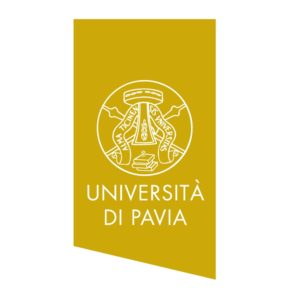Title:
![]()

Authors:
- Alessandra Balduini
- Cristiano Fava
- Christian A. Di Buduo
- Vittorio Abbonante
- Alessandra Meneguzzi
- Paolo M. Soprano
- Francesco Taus
- Marco Castelli
- Alice Giontella
- Melania Dovizio
- Stefania Tacconelli
- Paola Patrignani
- Pietro Minuz

Direct Links:
DOI: https://doi.org/10.1111/jth.15269
Abstract:
Abstract
Background
Ion channels are transmembrane proteins that play important roles in cell function regulation modulating ionic cell permeability. In megakaryocytes and platelets, regulated ion flows have been demonstrated to modulate platelet production and function. However, a relatively limited characterization of ion channel expression and function is available in the human megakaryocyte-platelet lineage.
Objective
We analyzed the expression and function of the large-conductance calcium and voltage-activated potassium channel Kca1.1 (also known as Maxi-K, BK, slo1) in human megakaryocytes and platelets.
Methods
To investigate the functionality of Kca1.1, we exploited different agonists (BMS-191011, NS1619, NS11021, epoxyeicosatrienoic acid isoforms) and inhibitors (iberiotoxin, penitrem A) of the channel.
Results
In megakaryocytes, Kca1.1 agonists determined a decreased proplatelet formation and altered interaction with the extracellular matrix. Analysis of the actin cytoskeleton demonstrated a significant decrease in megakaryocyte spreading and adhesion to collagen. In platelets, the opening of the channel Kca1.1 led to a reduced sensitivity to agonists with blunted aggregation in response to ADP, with an inhibitory capacity additive to that of aspirin. The Kca1.1 agonists, but not the inhibitors, determined a reduction of platelet adhesion and aggregation onto immobilized collagen underflow to an extent similar to that of aspirin and ticagrelor. The opening of the Kca1.1 resulted in cell hyperpolarization impairing free intracellular calcium in ADP-stimulated platelets and megakaryocytes.
Conclusions
The present study reveals new mechanisms in platelet formation and activation, suggesting that targeting Kca1.1 channels might be of potential pharmacological interest in hemostasis and thrombosis.
